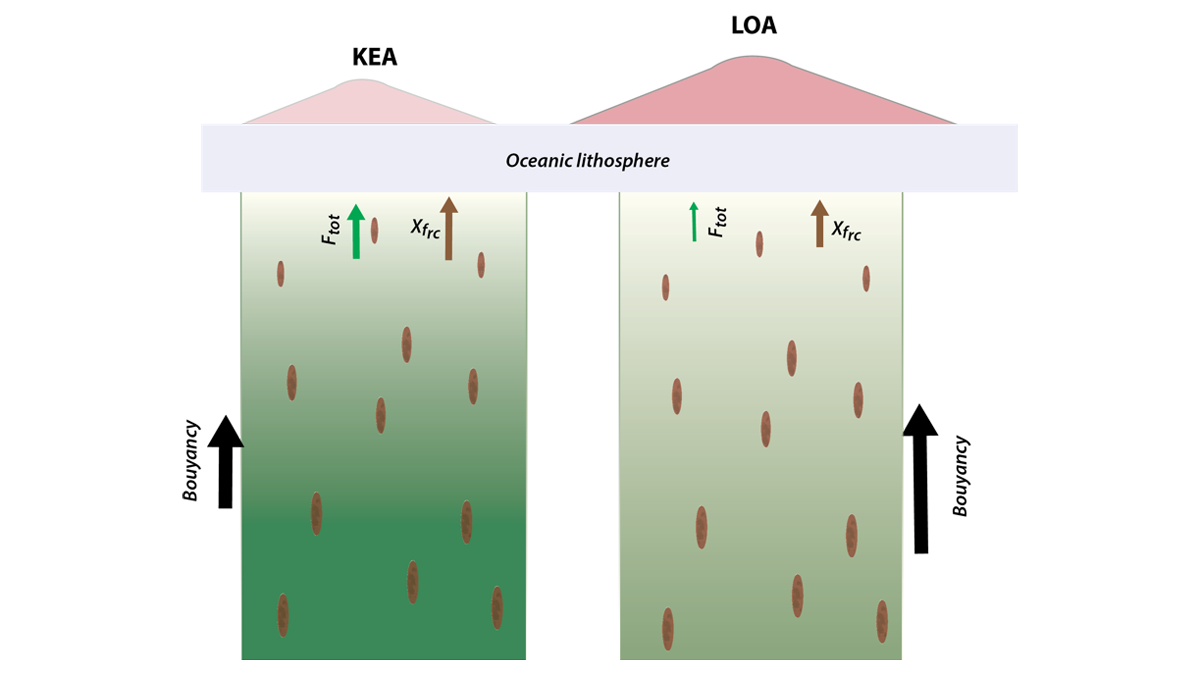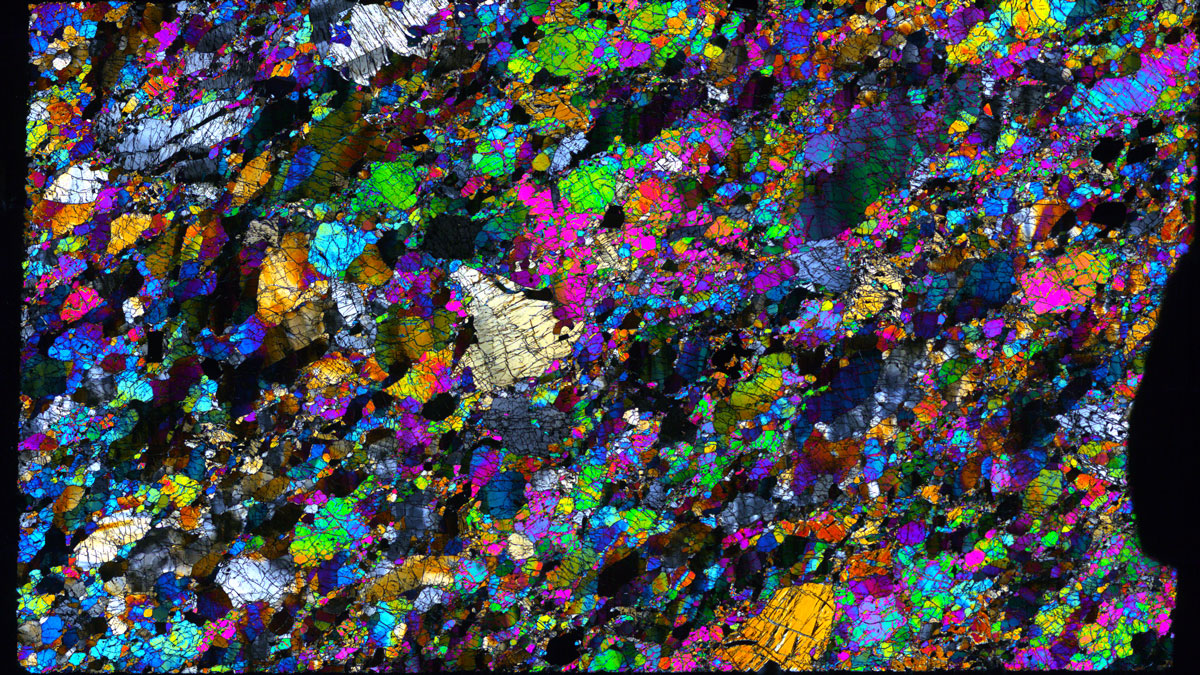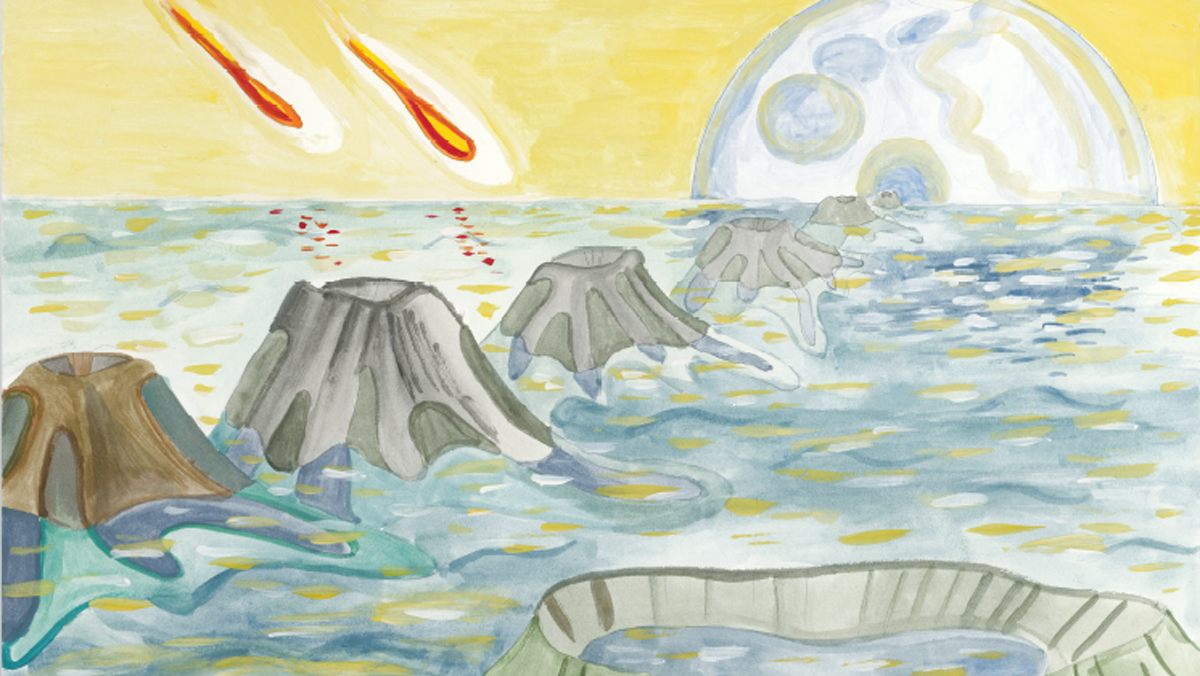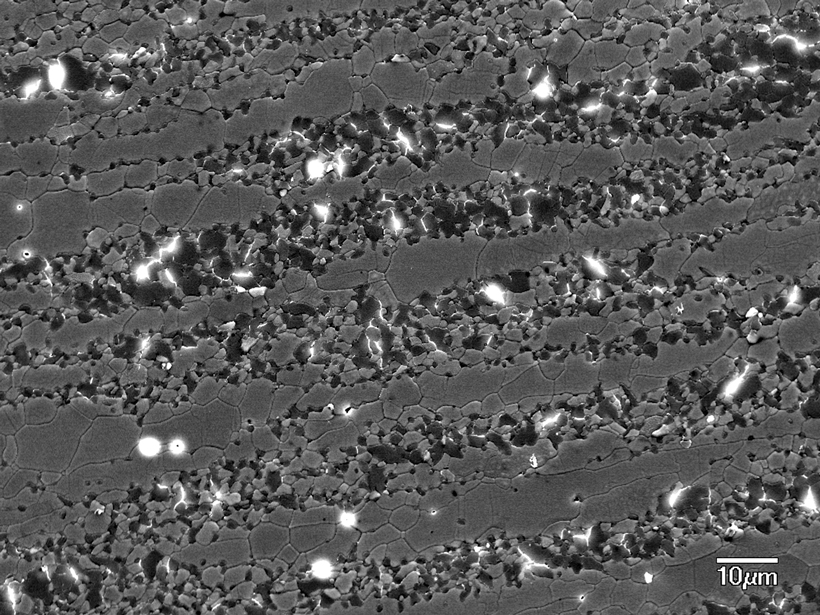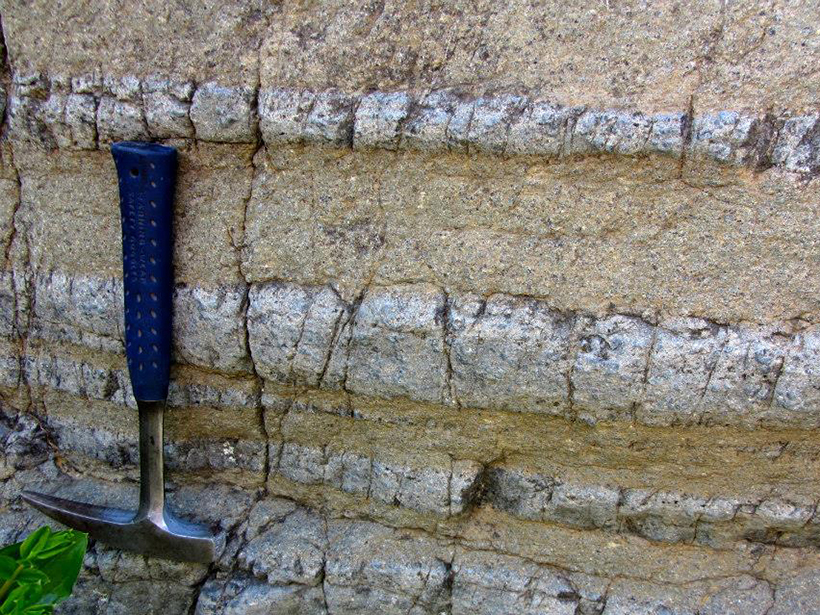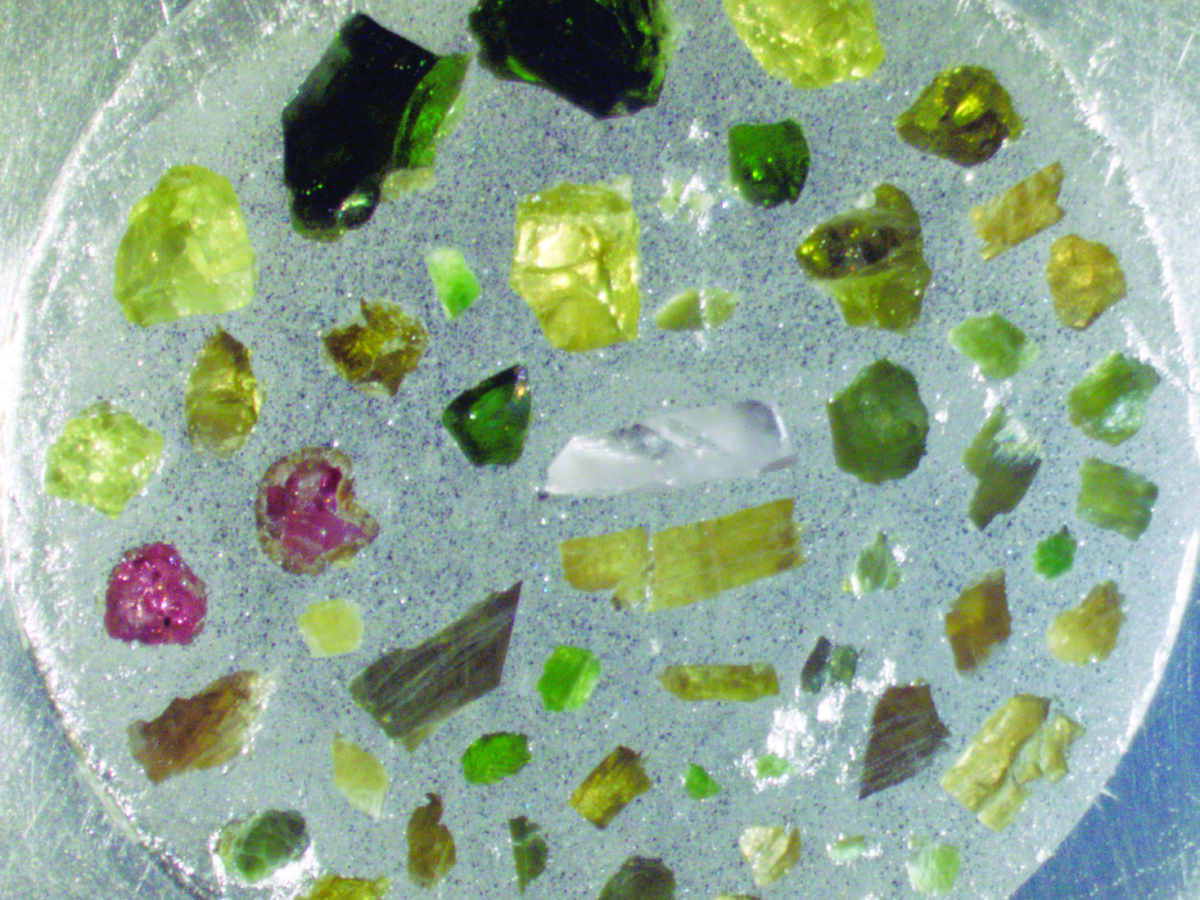The source for the isotopically-enriched Hawaiian magmas contains peridotites that experienced near-surface melting prior incorporation in the plume.
peridotites
Talc May Make Mexico’s Subduction Zone More Slippery
Production of the weak, water-bearing mineral at the interface between the Cocos and North American Plates could contribute to the occurrence of poorly understood episodic tremor and slow slip.
The Depleted Mantle Merry-Go-Round
Abyssal peridotites show through their isotopic composition a complex history. From differences we can infer the existence of ultra depleted mantle and an uneven contribution to ridge magmatism.
Million or Billion? Narrowing Down the Age of Mantle Processes in New Guinea
Mantle rocks in Papua New Guinea contain curious geochemical signatures that scientists have traditionally interpreted as evidence of billions-year-old melting. New evidence suggests otherwise.
A Simple Recipe for Making the First Continental Crust
Laboratory experiments serendipitously revealed a rock-forming process that might explain how the first continental crust formed on Earth—and possibly on Mars.
Shedding Light on Microbial Communities in Deep Aquifers
Researchers use a packer system to study the microbial communities living in waters sampled from deep, uncontaminated peridotite aquifers.
Understanding Electrical Signals from Below Earth’s Surface
A new version of a free Web application (SIGMELTS 2.0) helps Earth scientists interpret electrical anomalies in Earth’s crust and mantle and track the sources of earthquakes and volcanic eruptions.
Probing the Grain-Scale Processes That Drive Plate Tectonics
New experimental data suggest that rock composition may play a critical role in forming and perpetuating shear zones.
A Better Model for How the Mantle Melts
A new model of the melting behavior of certain mantle rocks gives researchers a better understanding of the source of oceanic lavas.
Pyroxenes Can Be Used to Estimate Upper Mantle Water Content
Scientists suggest using the mineral pyroxene to study the water content of the Earth’s upper mantle.

